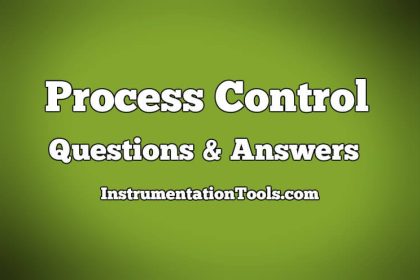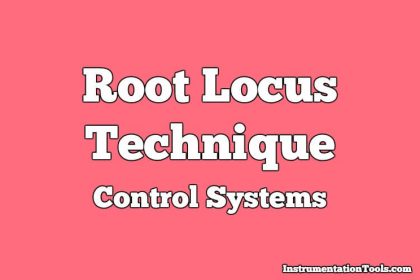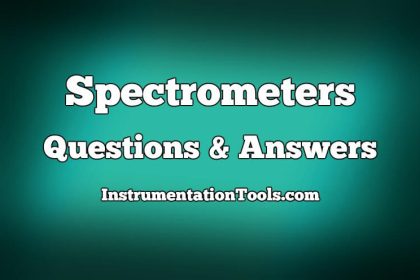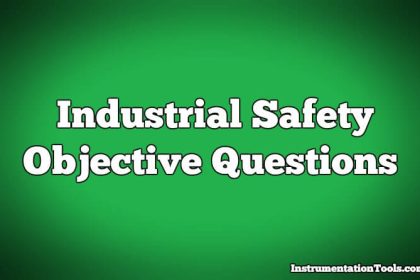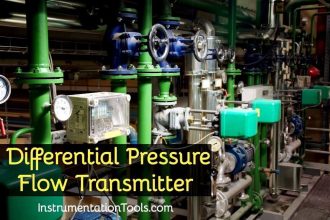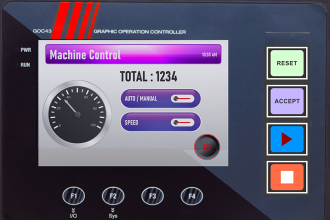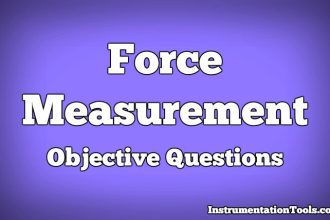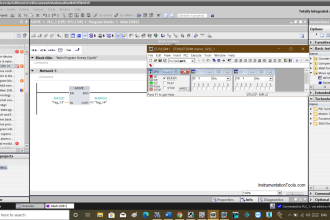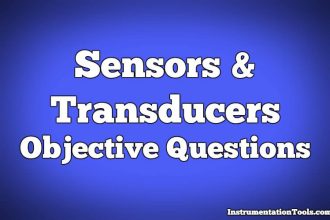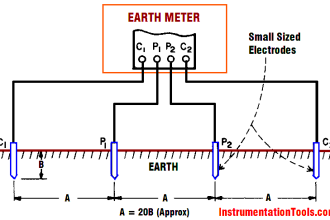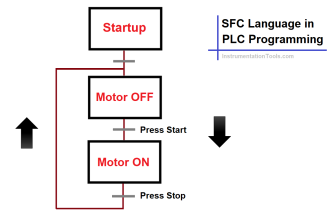Liquid Chromatograph- Mass Spectrometer
1. Introduction of total HPLC effluent into MS is feasible.
a) True
b) False
Answer: b
Explanation: Introduction of total HPLC effluent into MS is not feasible. The simplest method is the introduction of liquid from LC to the MS ion source region.
2. The gas burden from conventional LC flow rates creates nearly _____ times more gas than cryo-pumped vacuum system can handle.
a) 5
b) 10
c) 20
d) 40
Answer: c
Explanation: The gas burden from conventional LC flow rates creates nearly 20 times more gas than cryo-pumped vacuum system can handle.
3. Which of the following should be in position to split the effluent?
a) Interface
b) Ion source
c) Makeup gas
d) Microbore
Answer: a
Explanation: Interface should be in position to split the effluent. LC-MS is a very advantageous method.
4. Which of the following is the most commonly used interface?
a) Nebulizer
b) Chopper
c) Filter
d) Vapourising chamber
Answer: a
Explanation: Nebulizer is the most commonly used interface. The nebulizer gas and the make-up gas are introduced coaxially into the heated nebulization region.
5. Only ______ percent of the effluent of the liquid chromatography must be introduced in the mass spectrometer.
a) 1-2
b) 1-5
c) 1-20
b) 1-15
Answer: b
Explanation: Only 1-5 percent of the effluent of the liquid chromatography must be introduced in the mass spectrometer. Therefore, the total effluent must be split.
6. Which of the following is the normal nebuliser temperature used in LC mass spectrometry?
a) 50-100oC
b) 100-200oC
c) 125-150oC
d) 150-200oC
Answer: c
Explanation: 125-150oC is the normal nebuliser temperature used in LC mass spectrometry. It is suitable for a variety of applications.
7. The ions are focussed and de-clustered through which of the following regions?
a) Dry helium region
b) Wet oxygen region
c) Wet chlorine region
d) Dry nitrogen region
Answer: d
Explanation: The ions are focussed and de-clustered through a dry nitrogen region. It is then sent into the high vacuum analyser.
8. The ions are passed into the high vacuum analyser through which of the following?
a) Orifice
b) Nozzle
c) Nebulizer
d) Venturi tube
Answer: a
Explanation: The ions are sent into the high vacuum analyser through an orifice. It is then mass analysed.
9. Using an interface would reduce detection limit and sensitivity.
a) True
b) False
Answer: a
Explanation: The total effluent must be split. Using an interface would reduce detection limit and sensitivity.
10. Gas burden from conventional LC flow rates is which of the following?
a) 1ml/min of water produces 1.2 l/mm of gas
b) 1ml/min of water produces 2.4 l/mm of gas
c) 2ml/min of water produces 3.2 l/mm of gas
d) 1ml/min of water produces 4.2 l/mm of gas
Answer: a
Explanation: In LC-mass spectrometry, 1ml/min of water produces 1.2 l/mm of gas. This is the gas burden that conventional flow rates produced.
